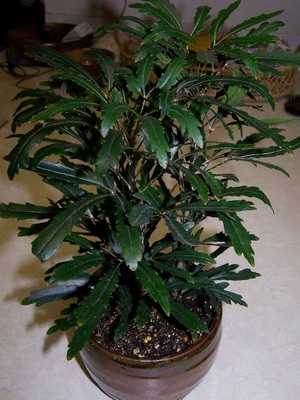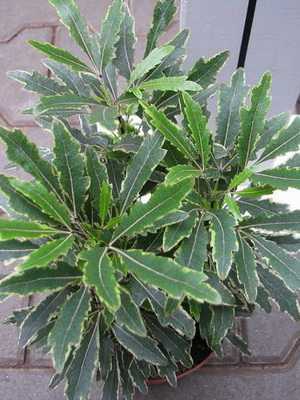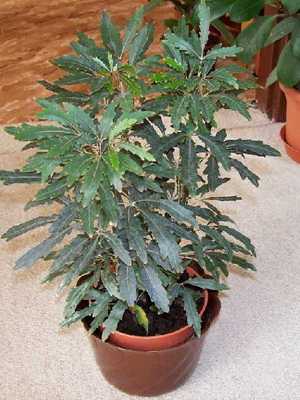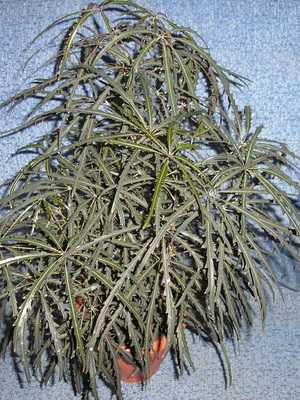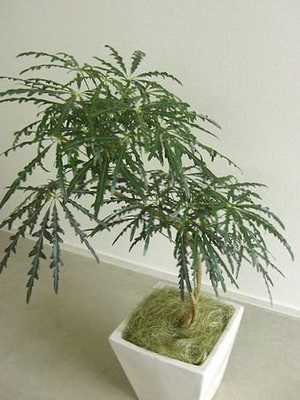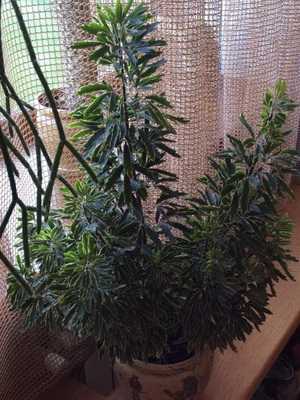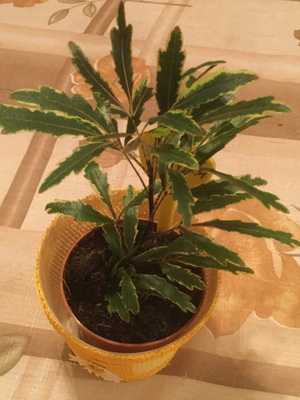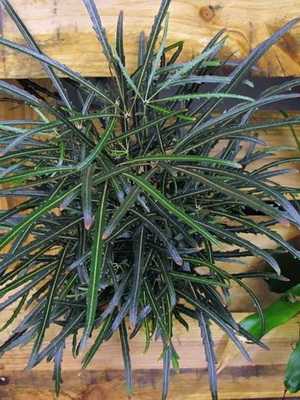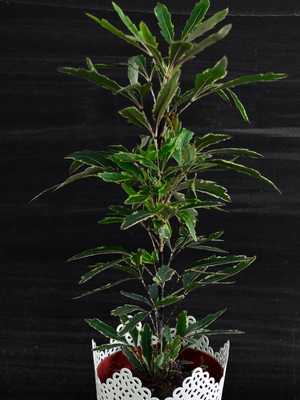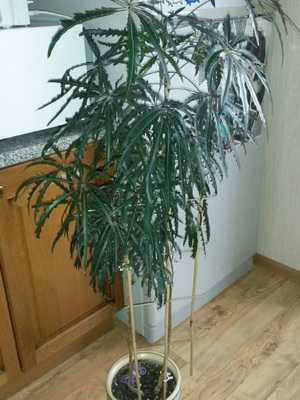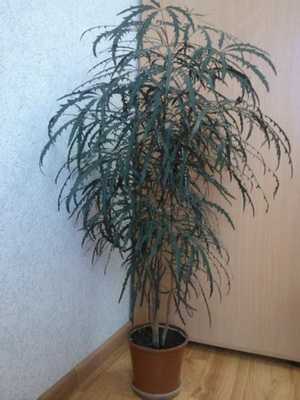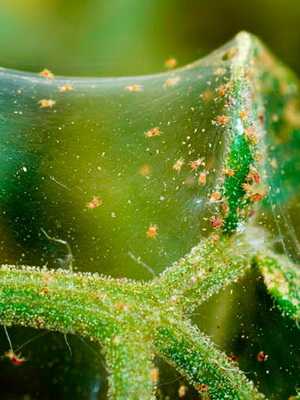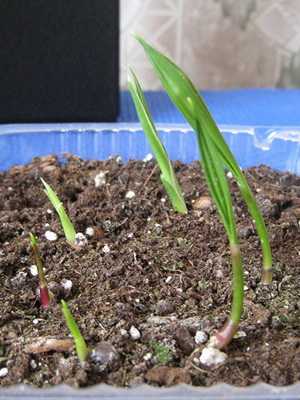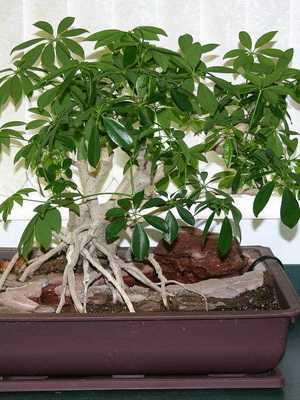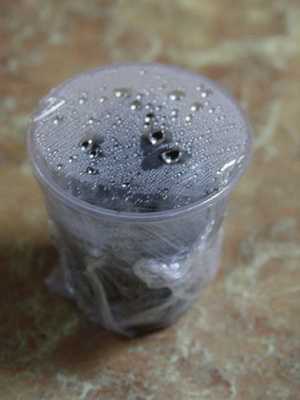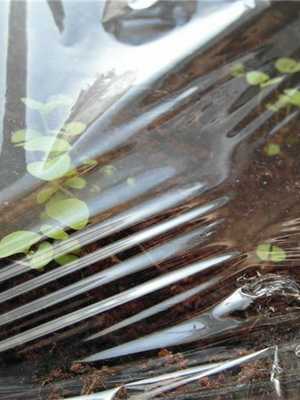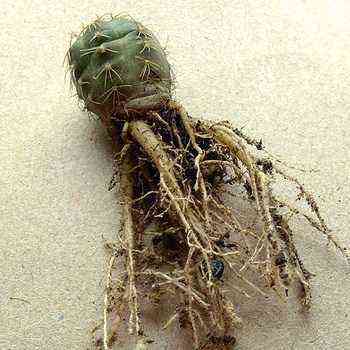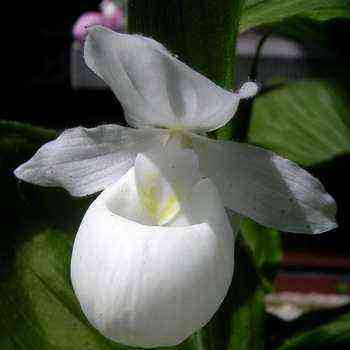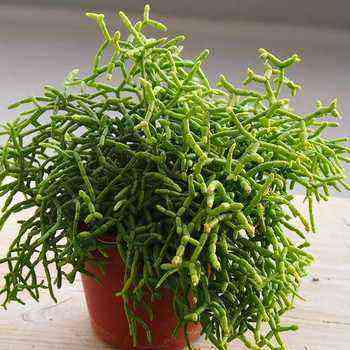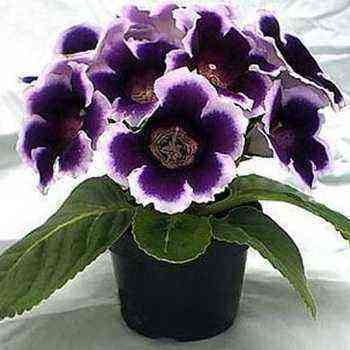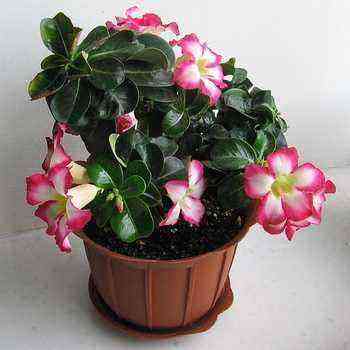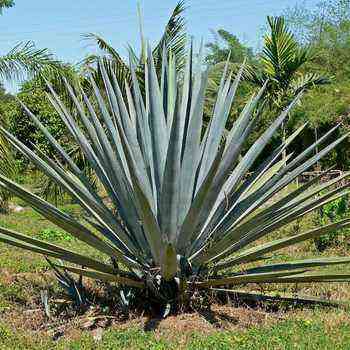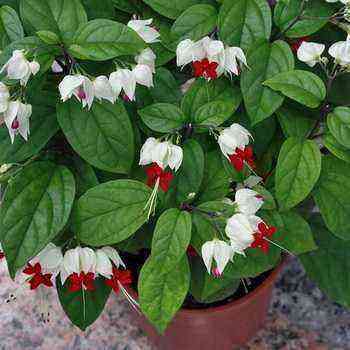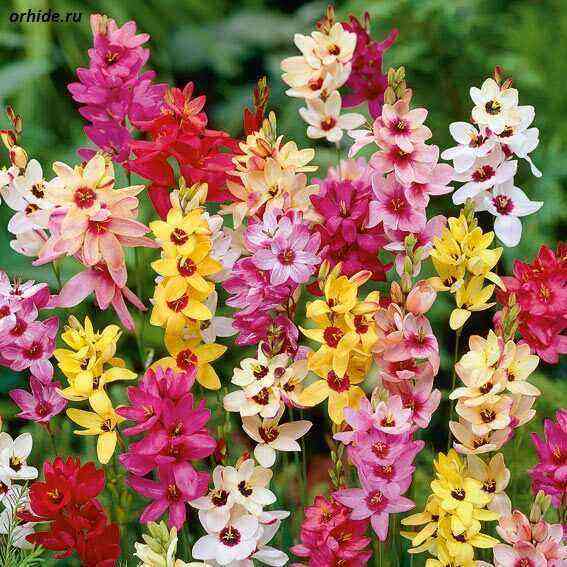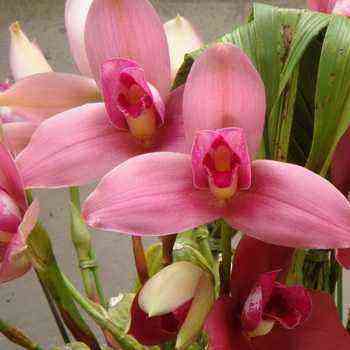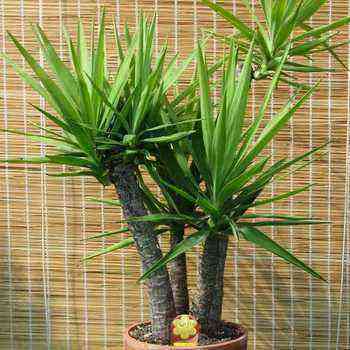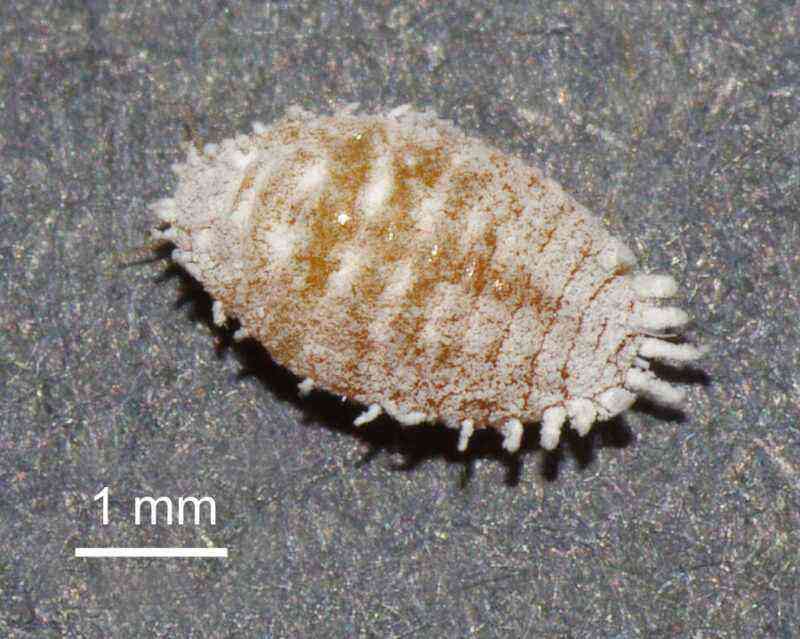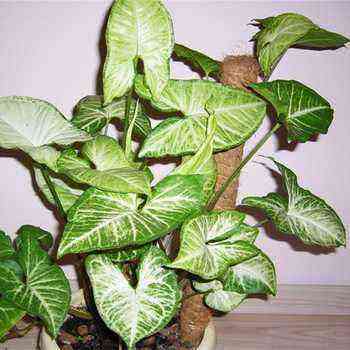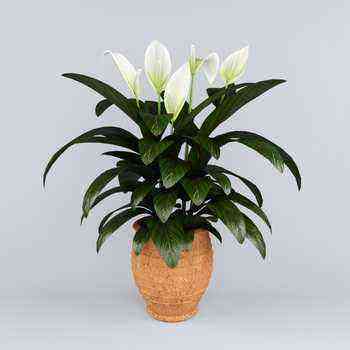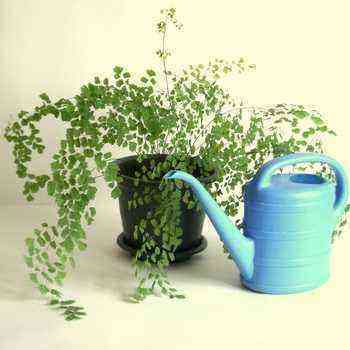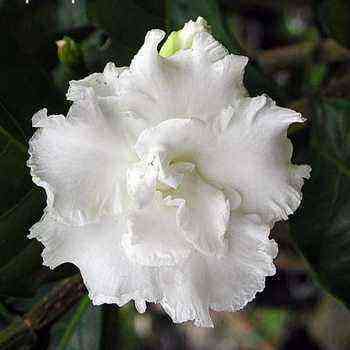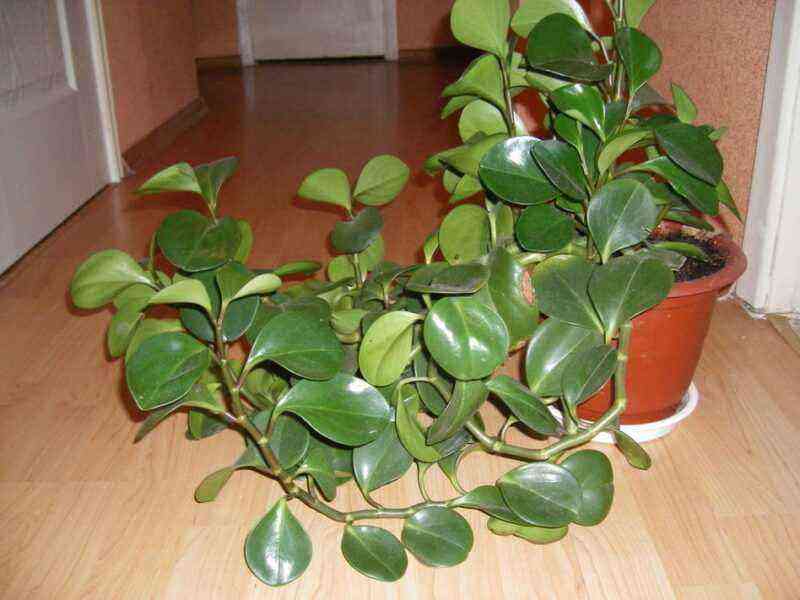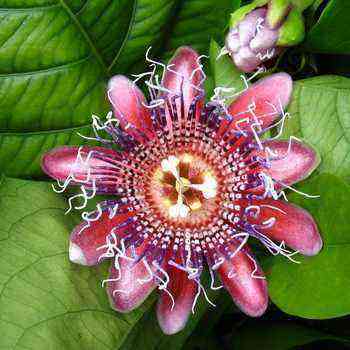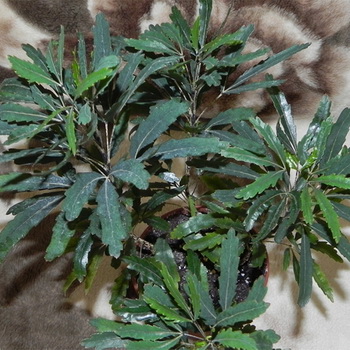
This plant belongs to the Aralievye family and is appreciated by many indoor flower lovers for its decorative leaves.
The flower of the dizigoteca is not of particular value, it is very small. The inflorescences are woven into small umbrellas and rarely please the eye. At home, the dizigoteka practically does not bloom. Plant lovers plant it precisely for the leaves.
Types and varieties of plants dizigoteka
The homeland of the dizigoteka is Australia, as well as Oceania, or rather its nearby islands. It grows in tropical forests, where it is rather humid and where direct sunlight does not penetrate.
The next photo shows that the dizigoteka is one of the most beautiful ornamental-leaved plants:
It is a small evergreen shrub-type plant. The leaves are graceful, delicate, copper-red at a young age, later turning dark green. Distantly, it resembles a bonsai.
Species and varieties
In nature, the plant has 17 species. But at home, there are only a few. Many indoor plant lovers do not risk growing a dizygotek because of the complexity of caring for it.
It is worth being extremely careful about watering and ensuring that the pot with the digigoteka is always in the light. In this case, it is necessary to avoid direct sunlight, especially in the summer.
In indoor floriculture, the following 3 types are especially popular:

Dizigotek Veitch (D. veitchii).
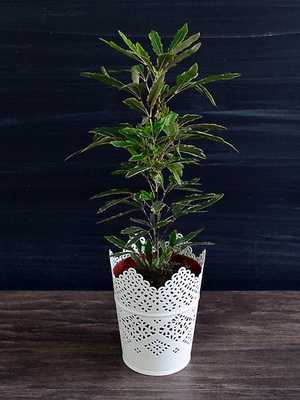
Dizigoteka the most elegant (D. elegantissima).

Dizigoteka the most graceful variegated (D. elegantissima ‘Variegata’).
Below is a description of them.
Most often in the apartments of houses there is a dizigoteka elegantiissima or the most elegant. So it is called for its graceful appearance. The leaves are finger-dissected.
The young plant has a copper-red tint of the leaves, but over time they acquire a dark green, almost black tint. You need to know that this species is poisonous.
The dizygoteka grows very gracefully slowly, but with proper care it can reach 2 m in height.
As for the care of the elegantissima dizigoteka, the flowerpot with the plant must be placed in a bright place in which there will be no drafts. Even in winter, the room temperature should not drop below 18 ° C.
In the warm season, you can take the flowerpot out into the fresh air, while avoiding strong winds.
This species includes the following varieties:
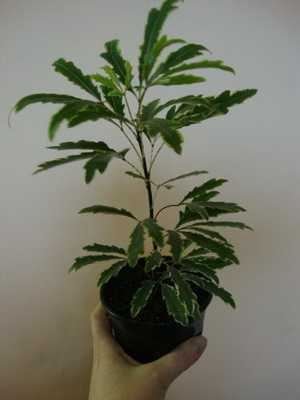
Castor.

Bianca.
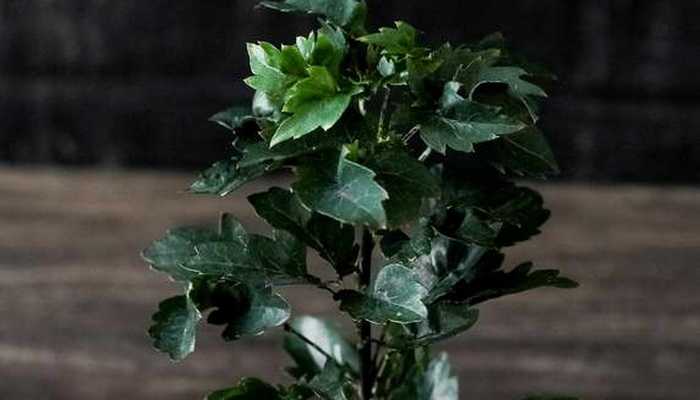
Gemini.
In general, all varieties are similar to each other, but the shape of the leaves is still different. In a plant called dizigoteca bianca, the leaves have purple streaks and a white border around the edges.

Dizigotek Veitch differs in a not so dark color of the leaves. The edges are wavy.
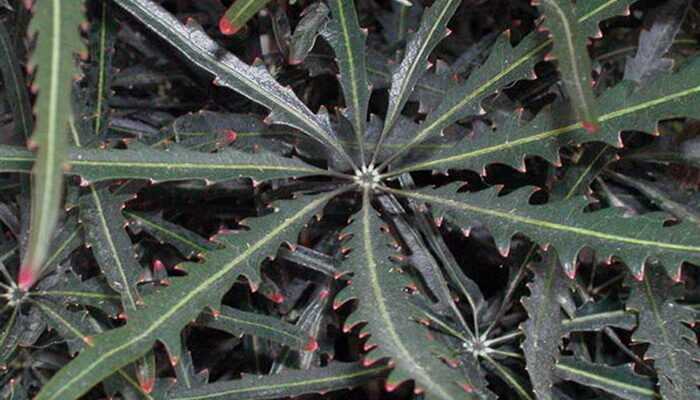
Concerning Еlegantissima Variegatathen the name speaks for itself. The leaves of the plant are variegated, with dark blotches.
Caring for dizygoteka elegantissima and other types at home
It is known that in nature, dizygoteka is found in tropical forests, where the air humidity is increased and it is warm all year round. It is quite logical to assume that at home care for the dizygoteka should be organized in such a way as to recreate the environmental conditions as much as possible.
A dizygotek needs high air humidity, so it is useful to regularly spray the plant with warm, settled, and preferably boiled or distilled water. If you pour it with tap water, then unpleasant stains will remain on the leaves. It is especially necessary to approach irrigation carefully during the period when the central heating is turned on.
Dizigoteka is a graceful plant, which is highly undesirable for sudden changes in temperature. In order for it to delight all households and guests with its shoots, a constant moderate temperature is recommended – in the range of 15-23 ° C.
The plant requires not only a bright room, but also protection from direct sunlight, especially in the summer. The leaves will quickly wither under the scorching sun. It is better to place the dizygotek on the windows of the east or west exposure. If the flowerpot will stand on the southern windowsill, then you should use different shading devices.
During the active growing season, the plant needs moderate watering with soft water at room temperature. The following photo shows how to take care of the dizygoteka at home:
In no case should the water stagnate in the pot, so the water from the sump must be drained.
For planting, an ordinary flower substrate or a mixture of turf and leafy soil and sand (1: 0,5: 1) is suitable. But it must be remembered that the plant needs constant feeding, since the soil in tropical countries is significantly different from that in which domestic housewives plant the dizygotek.
The plant is fed with liquid fertilizers suitable for decorative deciduous representatives of the flora, once every two weeks in the warm season. The following photo shows that with proper care of the dizygotek, it is necessary to dilute the fertilizer in half the concentration:
Otherwise, there is a high probability that the roots will be damaged.
When purchasing a dizigoteka in a store, you need to understand that it is reluctant to bush. If there is a branchy plant on the counter, then most likely it is several seedlings in one pot.
When caring for dizygoteka elegantissim at home, you need to know that in order to achieve branching shoots, it will be necessary to prune it from time to time. Side branches will only be formed by cutting the crown.
Those shoots that go to the middle of the crown should also be removed.
If the dizygoteka does not like something – the air in the room is too dry, hot or cold, a draft – then it instantly sheds its leaves. As soon as the leaves begin to fall off, it is necessary to immediately look for the cause of poor health and eliminate it.
Among the pests that infect the roots and shoots, the scabbard and spider mite are distinguished. The plant must be sprayed with a special pest-fighting agent. In this case, it is necessary to cover the ground with polyethylene to avoid the ingress of toxic substances into the roots.
Reproduction of an elegant dizigoteca by cuttings and seeds
In general, it is recommended to transplant dizygotek in spring, once every 2-3 years. It is better for a young plant to change the ground every spring. But provided that the dizygoteka is well looked after, and a sufficient amount of fertilizer is introduced into the soil, then transplantation can be resorted to less often.
It is very difficult to achieve reproduction of graceful dizygotics. For this, two methods are used:
- By planting seeds.
- Using apical cuttings.
You can try to root the cuttings in warm water in spring, using phytohormones and mandatory lower heating of the substrate in the future. For this, a stalk is cut with a length of at least 10-15 cm. At first, after landing in the ground, it is better to cover it with polyethylene on top.
From time to time, the bag is removed so that the sprouts have the opportunity to ventilate.
Dizygoteka is often grown from seed. Before disembarking, they are soaked in warm water for 24 hours. Then they are sown to a depth equal to the diameter of the seed multiplied by 2.
The crops are covered with foil, and the ground is heated from below, ensuring a constant temperature of 25-27 ° C. As soon as the sprouts have 3 leaves, they can be planted in different pots.
